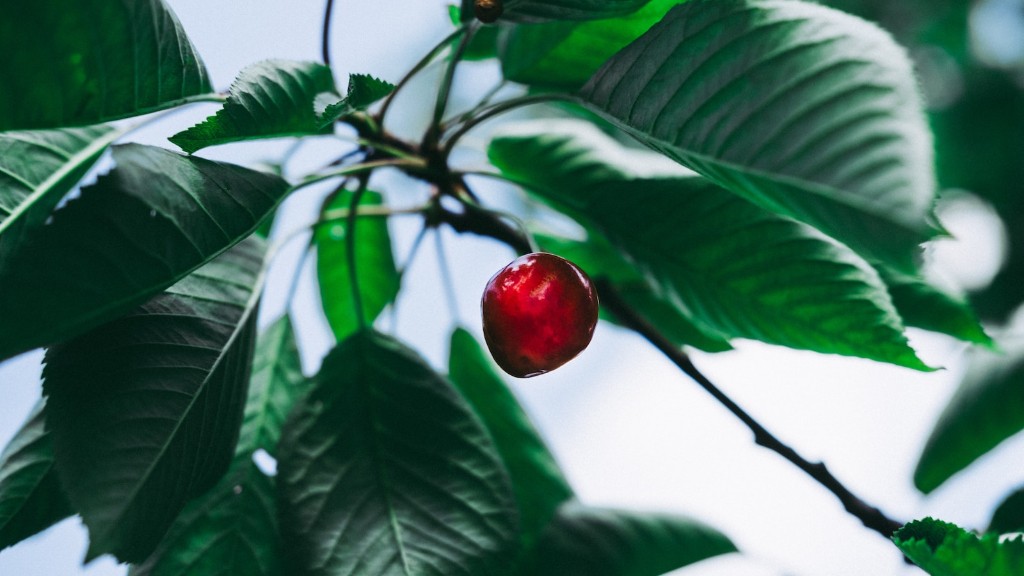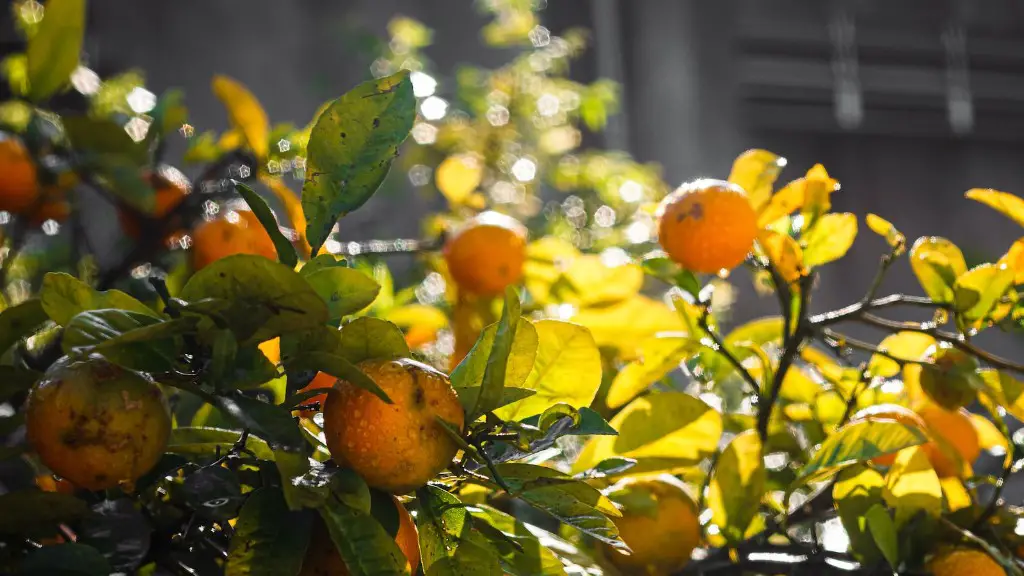When it comes to a freeze, the average person may consider whether or not their swimming pool will survive the cold temperatures. But not as many people may consider what happens with their tropical landscaping. Particularly when discussing a palm tree, will it survive a freeze?
Palm trees represent aesthetic beauty when well maintained and bred. They range from temperatures of -9C to +37C, with an ideal temperature being between 15-21C. There are several factors which can influence their survival rate in cold temperatures. This includes the age of the tree, the time it is exposed to cold temperatures and the type of palm tree.
All species of palm will eventually succumb to a freeze when temperatures are low enough – it just depends on the hardiness of each species. For example, canary palm trees can survive longer periods of cold temperatures than royal palms. Moreover, cold temperatures that dip right to freezing can be detrimental for young trees. Immature palms lack the ability to produce a sufficient amount of sugars and starches that are needed to make them more resistant.
Experts suggest to protect a mature palm from freezing temperatures, you should wrap it with a thick cloth or plastic covering. However, covering a palm tree too soon may prevent essential cold temperatures from controlling pests that the palm has that may not be able to survive the cold. Therefore, a balance is needed on when to cover and when not to cover a mature palm tree.
If possible, make sure a palm tree is planted in warmer locations, so that freeze damage is minimized. This would be in areas not lower than 15C and is surrounded by other plants and trees. The northern side of the area should be blocked by a wall or plantings, to reduce the direct cold winds hitting the area.
In addition, it is safe to say that having palm trees in a warmer domestic or commercial area will surely help to reduce mortality during a freeze, too. During cold periods, feel confident that any healthy palms in warm regions may just survive a freeze, with no further protection.
In addition to wrapping an adult tree, it can also be beneficial to move new, young plants to more sheltered locations. A warm, draft-free area of the yard is always good for this, as is a warm and sunny area near the house.
When temperatures drop drastically, you should be sure to check up on your palm trees during this winter time. If the temperatures remain frigid, it is recommended to have the palm sprayed with an anti-freeze solution before temperatures threaten survival. Anti-freeze solutions contain either dextrose, sucrose or propylene glycol, meant to provide the trees with an extra layer of protection against sub freezing temperatures. Be sure to always follow the label directions and do not mix any solutions together.
Adding Mulch and Fertilizers
Adding suitable bark mulch and fertilizers to the soil around your palms will help ensure their survival against freezes. This organic material helps trap and retain warmth and moisture, which is beneficial for the palm’s roots. Furthermore, water the palm trees a few times in the week prior and particularly on the day before cold weather arrives, as soil that is kept moist will help the palm in withstanding cold temperatures.
Also, you could use potted palms to reposition around the winter months: move them closer to the house, or wherever it’s the warmest. For the most part, the older and the larger the palm, the harder it is to save it during cold weather. When the system of carbohydrates, proteins and hormones in the older palms become less effective and balanced, it makes the palm more vulnerable to a frost.
March is the ideal month to plant new palm trees and they should be in the ground by April. This allows the palms enough time to establish their systems prior to colder temperatures.
Co-operating with Nature
At the end of the day, the one and only way to ensure the best chance of a palm surviving a freeze without cover is to co-operate with nature. This means keeping a keen eye on weather patterns and being prepared in advance. Waiting until the last moment before covering a palm tree may not provide enough time for the tree to adjust to the cold. Tropical palm trees have adapted to the cold and have their own particular way of dealing with a freeze, so taking the right precautions can help your palm tree survive the freezer.
How to Prepare the Palm Tree
A mature palm tree should be protected with a thick cloth or plastic covering before the cold temperatures arrive. Doing so too early, however, may expose the tree to pests that can only be controlled by cold temperatures. In addition, it is important to make sure that immature palms are sheltered from cold temperatures, or else they lack the ability to produce the sugars and starches they need to survive.
It is also important to note that the location of the palm is important for its survival. For example, a warmer region that is surrounded by other plants and a wall to block the cold wind can provide the best chance of survival. To further increase the chance of survival, it is beneficial to add bark mulch and fertilizers to the soil.
Moreover, when temperatures drop drastically, it is recommended to have palm sprayed with an anti-freeze solution to protect it from the cold. Do not forget to follow the instructions on the label of the solution and avoid mixing different solutions.
Re-potting in the Winter Months
In some cases, re-potting the palm trees is recommended in the winter months. As it may provide protection from the cold, re-potting a palm tree often helps the tree survive the colder months. Along with re-potting, it is important to make sure the palm tree is placed in a draft-free and warm area, also near the house. This will help the palm tree survive a freeze.
Also, although most species of palms will eventually succumb to a freeze in low temperatures, it is important to consider the hardiness of each species. Each species has a certain rate of tolerance which will influence its survival rate of a freeze. An example of this is that canary palms have a higher survival rate than royal palms.
Planting New Palms
When considering planting new palms for the winter, it is important to keep in mind the ideal time to do so. March is usually the best time to do so, and planting should be completed by April. Planting palms within this time frame will ensure the root systems have established before cold temperatures arrive.
Moreover, before and during cold weather, it is important to be conscious of the amount of water the palms receive. Soil that is kept moist and hydrated will better the palm’s chances of surviving freezes and frosts. It is also beneficial to water the palms a few times in the week before or on the day of the cold temperatures arriving.
Best Overall Preventative Measure
At the end of the day, the best overall preventative measure against a palm tree’s freeze mortality is to co-operate with nature. By keeping informed of weather patterns, you can plan and prepare in advance for cold temperatures. Especially when it comes to mature palms, waiting until the last minute can be too late for the tree to acclimate to the cold.
That being said, staying informed, keeping the soil hydrated and making sure young or new palms are covered can all help in providing a palm tree with the best chance of surviving a freeze. The right balance of protection will all determine the fate of a palm, but it is possible to survive a freeze if reasonable precautions are taken.




